Qualitative Data Analysis with NVivo
Student Resources
Windows
On this part of the website, you have free access to up to date click-by-click instructions for NVivo on Windows. Simply click on the headings below to reveal the instructions.
Use the index of click-by-click instructions as a companion guide to help you find the instructions you need, or browse through the instructions below that accompany this chapter.
1.a. Download, install, launch and activate
- www.qsrinternational.com > NVivo > Learn More > Select Free Trial or Buy Now.
- Follow the instructions to > Download > Install > Launch > Activate.
1.b. Save sample project/watch Let’s Get Started video
- After launching the software > Sample Project > provide a new name > Save.
- Quick Start Steps tab (right hand side of the screen) > Let’s Get Started with NVivo for Windows > watch the video.
1.c. Exploring the Sample Project
- Navigation View: Data > Files > Interviews.
Throughout these instructions, keep in mind that items in the Navigation View sometimes require an extra step in order to see the subfolders (Figure 1.4).
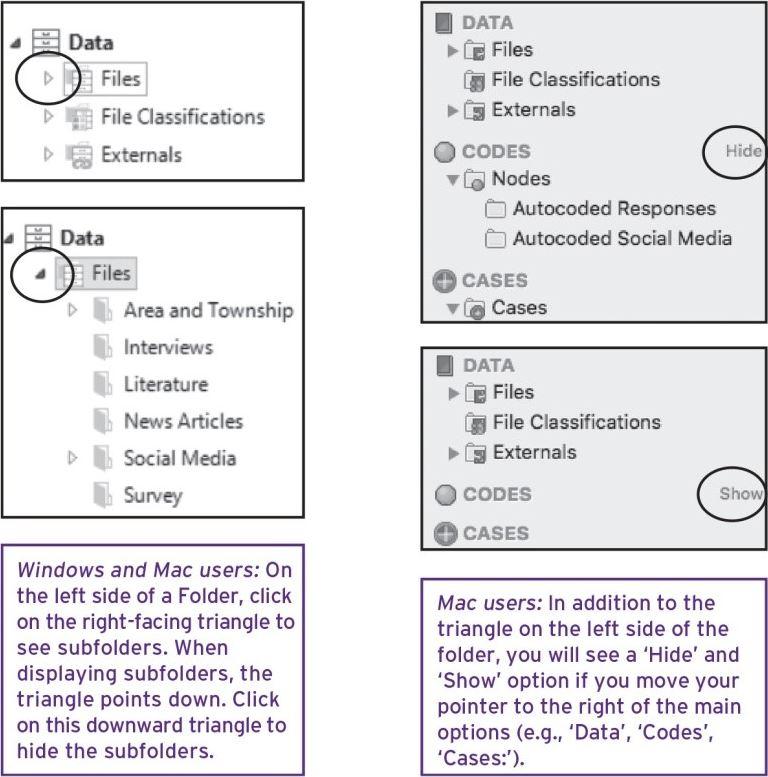
Figure 1.4 Showing and hiding subfolders in the Navigation View
- List View: Double-click on Barbara (Figure 1.5).
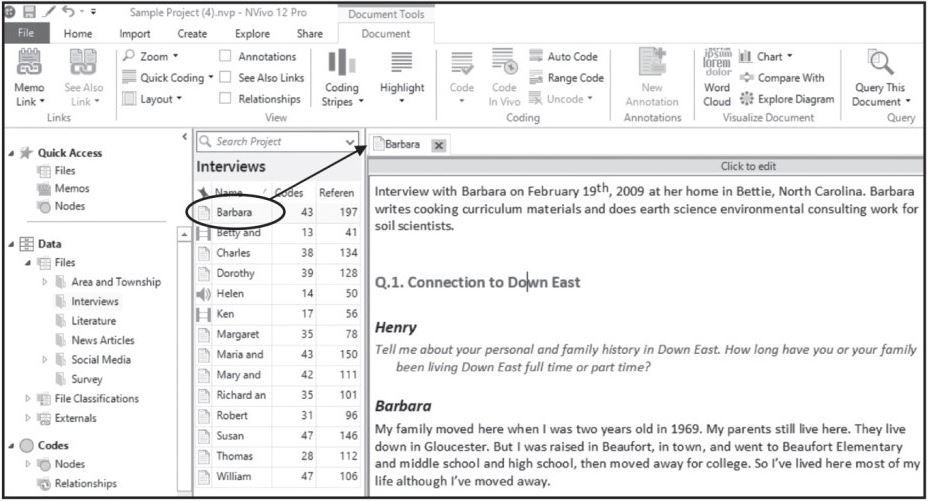
Figure 1.5 Opening Barbara in the Detail View
- Detail View: This File inside NVivo looks similar to the file in Microsoft Word, but NVivo has made a copy of the original file.
- Navigation View: Codes > Nodes.
- Nodes are your concept containers and we will discuss them in detail in Chapter 3.
- List View: Double-click on the Node, Community change (Figure 1.6).

Figure 1.6 Opening Community change in the Detail View
- Detail View: This Node points to passages in various Files that have been coded to the Node (and calls each coded passage a Reference).
- File: Open Project Event Log (this tracks every action taken in the Project and can help you problem-solve; we will show you how to turn this on when you create your own Project).
1.d. Exit the Sample Project
- File: Close.
This will close the project without closing the software. If you want to quit working in NVivo until another time you can close the Project and the software simultaneously:
- Select the X on the upper right.
1.e. Creating a Project
It is very important that you only work with NVivo Projects on your hard drive unless you have purchased NVivo for Teams. There are instances of projects getting corrupted if you work off an external drive, server, or jump drive (unless you are using NVivo for Teams, Chapter 11). Don’t panic: you can save backups to an external drive or a server and we show you how to do this at the end of this chapter. However, as you work through the instructions below to create a Project, we recommend that you save it in your Documents folder.
- Launch NVivo > Blank Project (Figure 1.9).
- Provide a name in the Title.
- Add a Description for the Project (these can be changed later).
- NVivo assigns a matching File name (or Path) for the project file.
- Check the box to Write user actions to project event log (you can turn this on and off later).
- Identify the location of your Project (default is usually the Documents folder, unless you recently used another location to save an NVivo Project).
- OK.
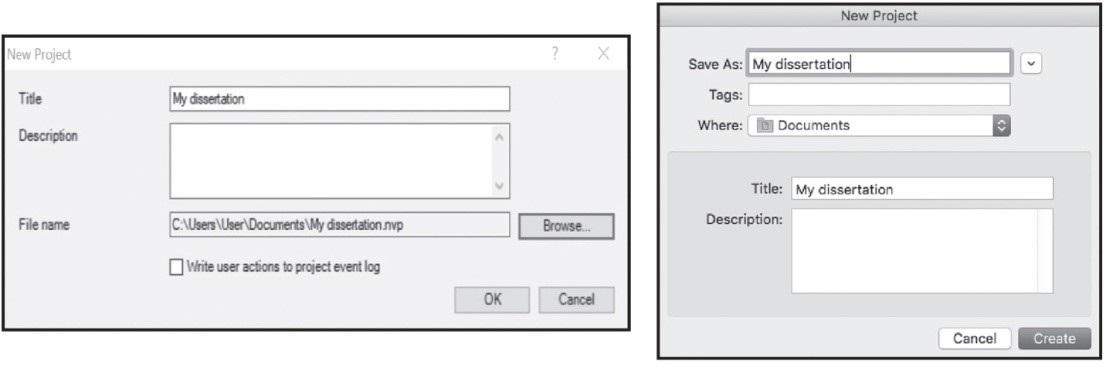
Figure 1.9 Creating a Project in Windows (left) and Mac (right)
1.f. Creating a journal and journal writing, saving, closing, reopening and editing
Creating a journal
- Ribbon: Create > Memo (Figure 1.10).
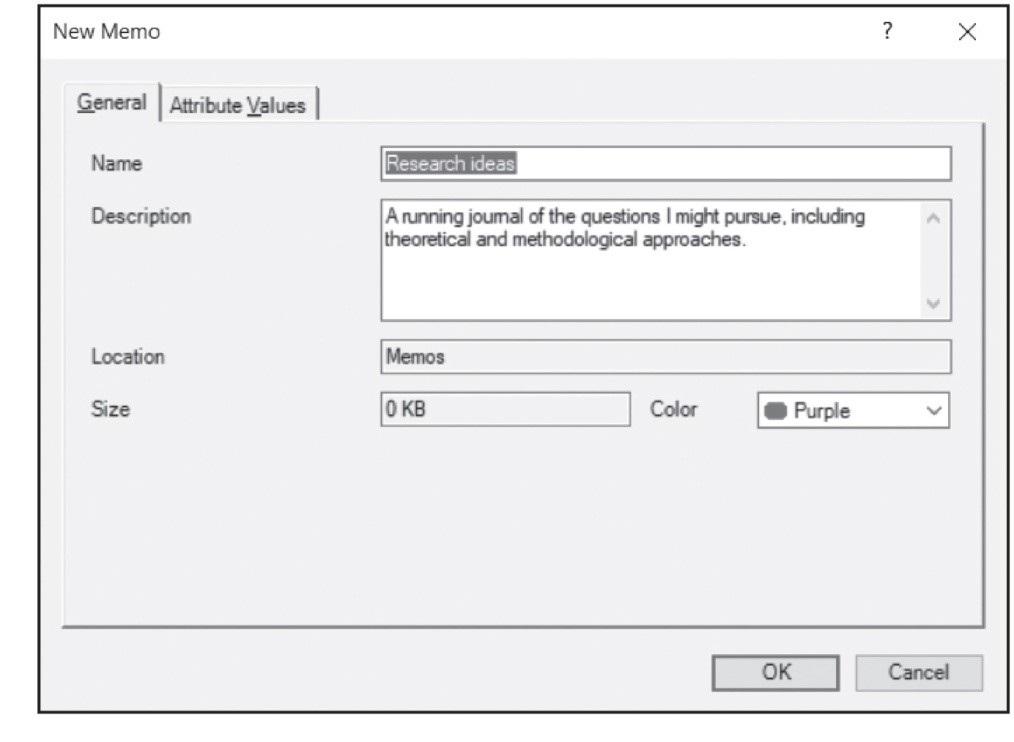
Figure 1.10 Creating a Memo to use as a journal
- Name (provide a concise title)
- Description (an optional, additional, brief overview of the Memo)
- Colour (use as an optional strategy for grouping items, such as Memos about methodology)
- OK.
If you have a journal already started in a document outside of NVivo you can import it into the Project:
- Ribbon: Import > Memos > Select the File > Open > Import.
If you are importing only one Memo, you will encounter the Memo Properties window where you can rename, add a colour, etc. (this can also be done later through the Memo Properties window) > OK.
Journal writing, saving, closing, reopening and editing
- Ribbon: Edit > Insert > Insert Date/Time to keep track of the evolution of your ideas (note the alternative shortcut keys: Ctrl + Shift + T).
- Ribbon: Edit to adjust Format (colour), Style, etc.
- Detail View: Write some ideas about your expectations for the Project or a list of things to do next as you move forward with your design and analysis.
- File > Save (although you do not need to save it before you close the Memo, only before you close the Project).
- Detail View: Select the X in your Memo tab (just above your date/time stamp) to close the Memo.
- To reopen the Memo:
- Navigation View: Notes > Memos.
- List View: Double-click on the Memo to re-open.
- Detail View: Click to edit with the blue bar just below the name of your Memo > add more thoughts.
1.g. Create and manage a Mind Map and Create and manage a Concept Map
Create a Mind Map (Figure 1.11)
- Ribbon: Explore > Mind Map > Provide a Name for your Mind Map > OK.
- Detail View: Name your Main Idea for this Project.
Connect an Idea
- Select the Idea you created (Main Idea) and add a Sibling or Child Idea to it.
- Use the icons in the Ribbon > Mind Map.
Alternatively:
- With the main idea selected > Right-click > Insert Child Ideas > Name the idea.
- Create a Sibling idea: Right-click on an idea > Insert Sibling Idea > Name the idea.
Move an item from one branch to another
- Right-click > Cut > Right-click on the destination item > Paste.
Create a floating idea
- Detail View: In the white space Right-click > Insert Floating Idea > Label the idea. Floating ideas are used when there is not (yet) an obvious connection to the other ideas.
Create Nodes from a Mind Map
- Detail View: Click anywhere on white space to ensure the Detail View is active.
- Ribbon: Mind Map > Create As Nodes or Cases > Select Location > Nodes > OK.
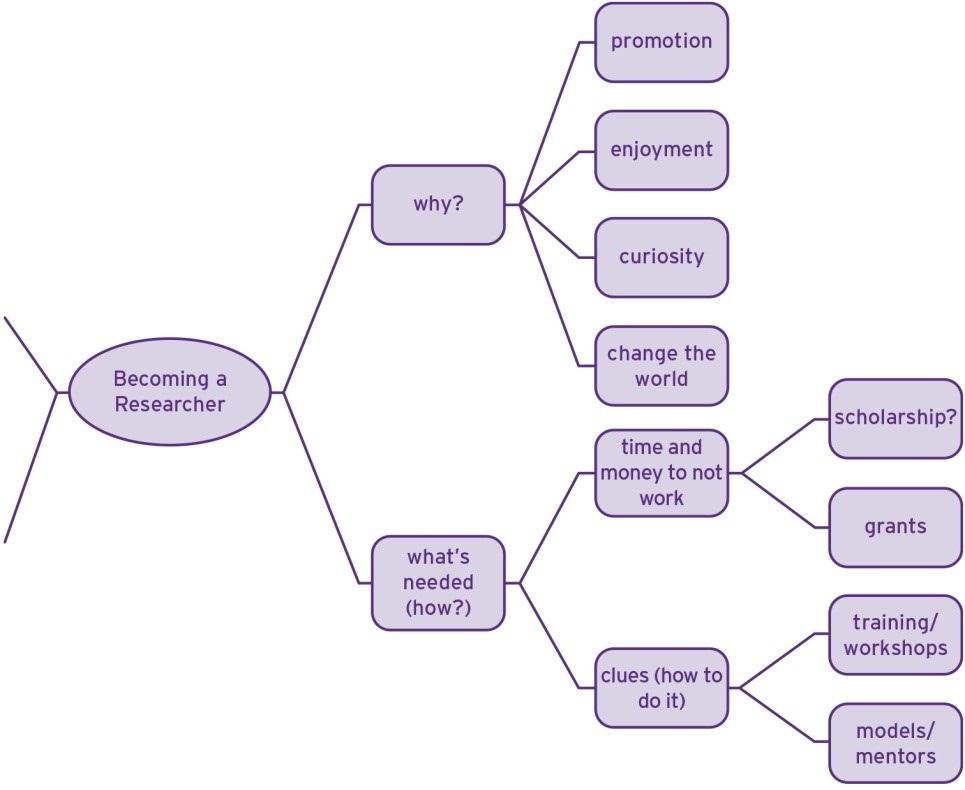
Figure 1.11 Mind Map to launch the Researchers Project
Create a Concept Map (Figure 1.12)
- Ribbon: Explore > Concept Map.
- Provide a Name for your Concept Map > OK.
The Detail View will open with a collection of Shapes and an empty workspace in which to use them.
- Detail View: Select a Shape and drag it to the workspace area to represent one of your concepts or categories.
- Double-click on the Shape to label it. You might want to use different Shapes to represent different categories or theoretical concepts.
- Add another Shape to the workspace, and label it. Add as many as you need to capture all of your concepts.
Managing shapes and connections
To illustrate real or potential connections between concepts or categories, you can add connecting lines between items.
- Ribbon: Concept Map Tools > switch from Pointer to Connector.
- Detail View: Select one item, then while holding the left mouse button, drag to another item, to make a connection.
To change the type of Connector:
- Select the Connector you want to change.
- Ribbon: Change Connector.
To rearrange items
- Ribbon: Switch back to Pointer to rearrange items in your Concept Map.
- Select any item and hold the left mouse button to drag the item.
Other options
Select any item or items in your Map, to change their colour and border.
- Ribbon: Concept Map Tools > Format Shape > Select Fill, Border Colour, and Border Width to modify the appearance of the item.
If your mapping has prompted fresh thoughts about your Project, record those in your Project journal. Maps can be copied and pasted into the Project journal, as well.
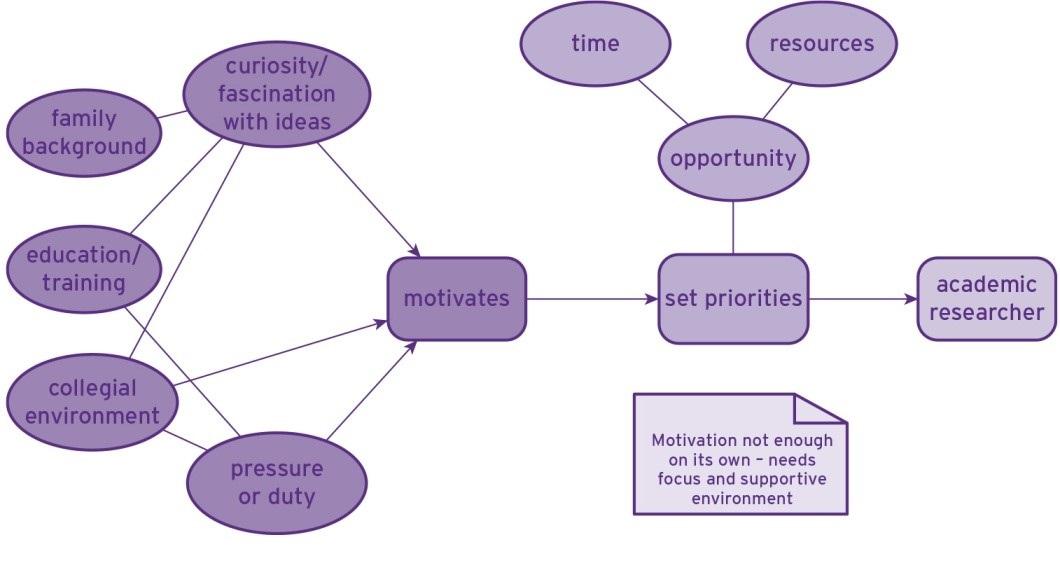
Figure 1.12 Becoming a researcher: preliminary Concept Map
1.h. Importing and viewing a text-based document
- Navigation View: Data > Files (to establish the location where the Files will import).
- Ribbon: Import > Files > Select the File(s) > Open > Import > OK.
- List View: Double-click on the File to open in the Detail View.
1.i. Annotating text and turning Annotations off or on
- Detail View: Select a word or a few words in the passage to be Annotated (usually short) > Right-click (on the highlighted text) > New Annotation.
- A space for typing will open at the base of the Detail View (Figure 1.13).
- Type your Annotation.
- Detail View: Passages with an Annotation will be indicated with a blue highlight (click anywhere in the Detail View to release your selection to see this).
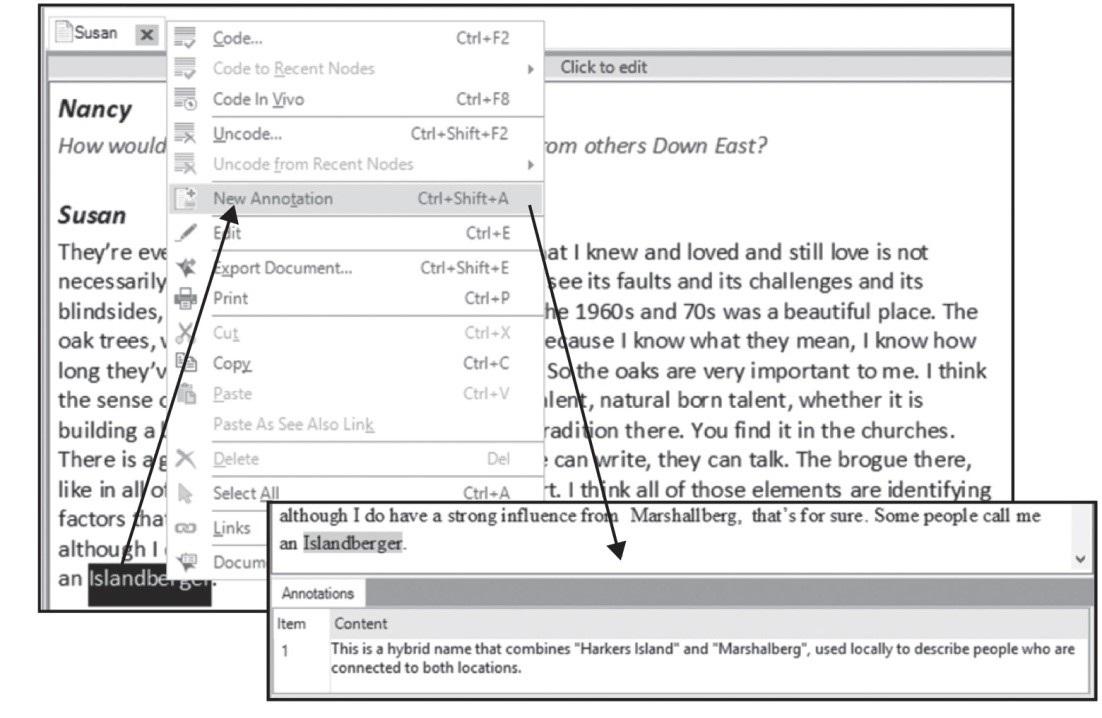
Figure 1.13 Creating an Annotation (Windows)
To turn Annotations off or on
- Ribbon: Document > check or uncheck Annotations.
- Detail View: Click anywhere in the blue highlighted text to see the matching comment at the bottom of the screen; or
- Select the number next to a comment to see the associated blue highlight in the text (which will turn a darker blue).
1.j. Creating a Memo Link to a File
- Navigation View: Data > Files > Select a File > Right-click > Memo Link > Link to New Memo.
- Name the Memo > OK.
- Date and time stamp your entry > Ctrl + Shift + T.
- Record your ideas about that File in the Memo and come back to it any time to review and revisit your interpretations.
- List View: Select the File > Right-click > Memo Link > Open Linked Memo (or Ctrl + Shift + M).
- At the top of the Detail View: Click to Edit if you want to edit/augment your existing thoughts.
1.k. Create, view, and export a See Also Link
Create a See Also Link
- Read an interesting passage in a File that gives you an idea and Copy it (remember it is now on your Clipboard as you do a few additional things).
- Navigation View: Notes > Memos.
- List View: Double-click on an existing Memo, such as your Project Journal, to open it > Select Click to edit at the top of the Detail View.
- Detail View: Write your interpretation or idea in the Memo (Figure 1.14) > highlight what you wrote (or a key phrase in your writing) > Right-click on this material > Paste As See Also Link.
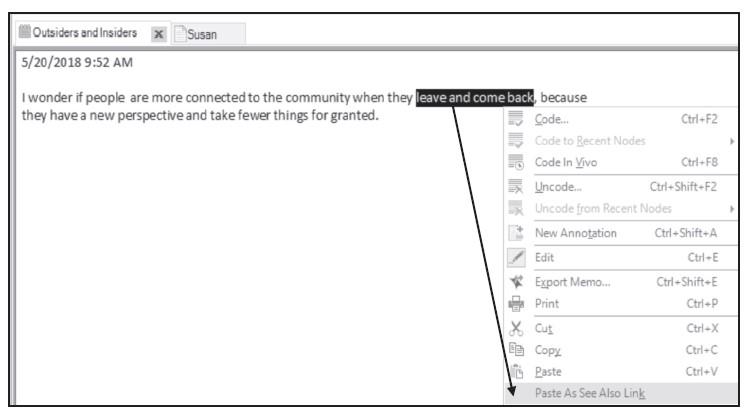
Figure 1.14 Pasting a See Also Link to a specific location (in a File) from a specific location (in a Memo)
Viewing the See Also Link
- After following the above instructions, click inside your Memo to release the black highlight. The text associated with the See Also Link will now be highlighted in pink. If you do not see the See Also Link at the bottom of your screen:
- Ribbon: Document > check the box next to See Also Links.
- When you do see the See Also Link at the bottom of the screen:
- Detail View: Double-click on the See Also Link at the bottom of your screen to jump to the original location.
Exporting the Memo with its associated See Also Links
- Detail View (or List View): Right-click in the Memo > (Export >) Export Memo > select a location and rename it if you wish.
- under Related Content > Tick See Also Links.
- Tick Open on Export > OK.
1.l. Creating a See Also Link to a whole Project item
- Detail View: Select text to act as an anchor for the See Also Link > Right-click > Links > See Also Link > New See Also Link.
- From > shows the File name for the content you just selected.
- To > provides options of existing items > Select > OK > OK.
- The anchoring text will be highlighted in pink to indicate the presence of a linked item, and a tab in the Detail View, below the text of your File, will indicate the name and location of the linked item.
- View See Also Links as described earlier. If your export a copy of the File, it will provide the name and location of the linked item for this type of See Also Link, but not the content (because it is linked to an entire item).
1.m. Create and view a Hyperlink
- Detail View: Click to edit > Select the text that will be an anchor for the link > Right-click > Links > Hyperlink > New Hyperlink and select one of the following options:
- Enter a URL in the window; or
- Browse your filing system for the object to be linked.
- OK.
- To open the Hyperlink, use one of the following options on the underlined blue text that marks the anchor for the link:
- Ctrl + click; or
- Right-click > Links > Hyperlink > Open Hyperlink.
1.n. Backing up after you close your Project
- Go into Windows Explorer or your File Manager > Copy the Project > Paste into a backup folder and rename or add a date to the backup.
- You might want to match the Title with File (or Path) name (Chapter 11).
Backing up your Project while you are working in NVivo
- File: Save.
- File: Copy Project.
- The Copy window identifies the Project you are in and that is about to be copied.
- The Copy to window allows you to select a version for your copy.
- The Location window allows you to rename the copy
- We use an international date format (year-month-day) added to the name, so they sort in date order (from oldest to newest).
- Identify a location place for the copy, and we recommend an external drive. Remember, however, you should never open and work on a Project on an external drive unless you are using NVivo for Teams.
- You might want to match the Title with File (or Path) name (Chapter 11).
Be aware that in the process of copying your Project, NVivo will copy your Project but then return you to the original. In contrast to Save As (in Microsoft Word and many other programs), you do not end up in the copy at the end of the procedure.
